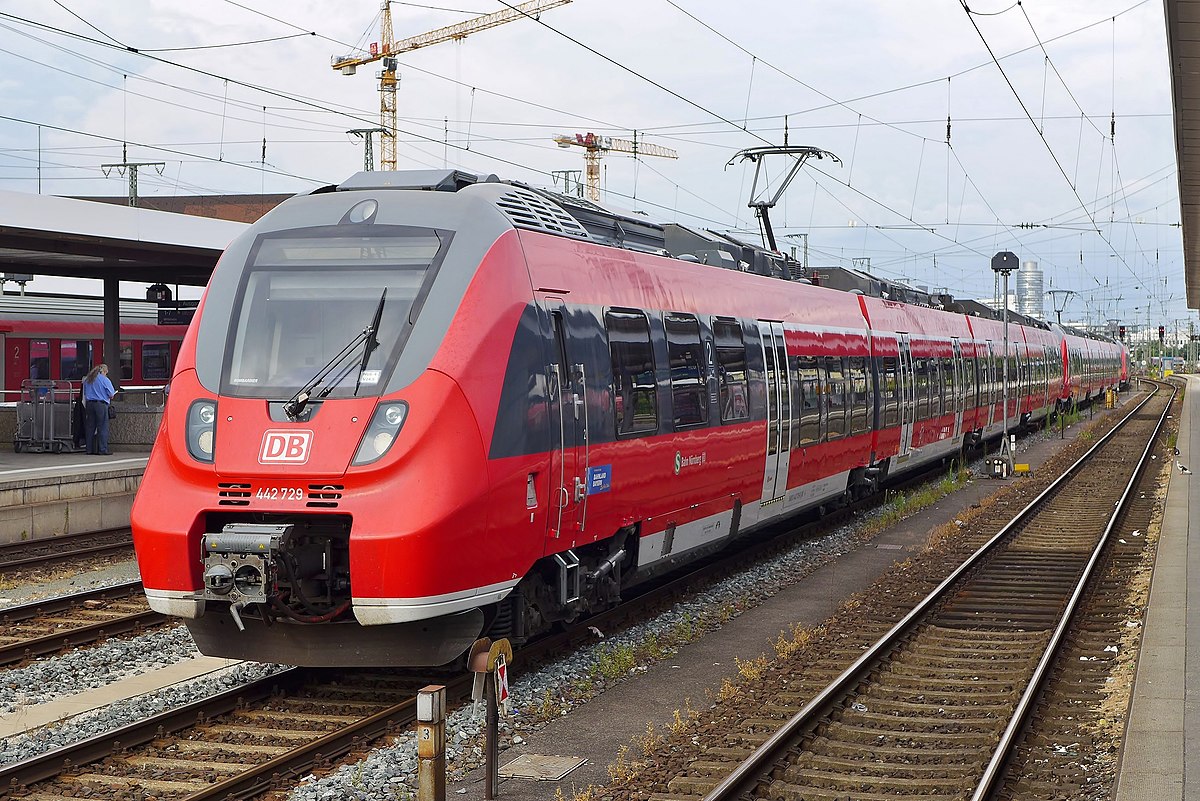Elite People
New Member
Try it and upload it here.
 Central part of existing map
Central part of existing map The kind of simplified map I'd be hoping for and
The kind of simplified map I'd be hoping for and A local artist's joke transit map.
A local artist's joke transit map.
I posted this earlier in the DRL thread but it probably belongs here, meant as an alternative routing for the REM in Montreal:
View attachment 127831

Makes way more sense.
The REM should use mainrail technology like GO-RER, something like the Bombardier Talent 2.
Why? So it can easily be adapted to the Hudson AMT line in your map, and the tunnel on the Deux Montanges line can be shared with VIA Rails HFR proposal and the Mascouche Line.
Could still be automated with PTC.
That would also prevent them from having to re-convert the Deux Montagnes line from 25 kV back to 1.5 kV. Montreal has the potential for the equivalent to GO RER, but the REM prevents that from ever happening.
Although, the problem with the Bombardier Talent 2 is that the new Champlain bridge does not have enough additional strength for larger vehicles, which forces the light metro technology choice.
So I made a basic concept map based off the current GO System Map. What it shows, for the most part, are rail services promised in the original Big Move transit plan to be in place by 2031. The only exceptions are the service to Orangeville and Brantford, which I don't think were considered. One of the reasons for posting is Metrolinx's updated transit plan is official, and it shows much of these rail expansions falling by the wayside (by 2041 no less). I think some of this can be considered lack of foresight.
Gaps in GO rail network
View attachment 128674
So I made a basic concept map based off the current GO System Map. What it shows, for the most part, are rail services promised in the original Big Move transit plan to be in place by 2031. The only exceptions are the service to Orangeville and Brantford, which I don't think were considered. One of the reasons for posting is Metrolinx's updated transit plan is official, and it shows much of these rail expansions falling by the wayside (by 2041 no less). I think some of this can be considered lack of foresight.
Yes electric trains with RER service is a big bonus and forward-thinking, but at the same time there are large swaths of the GTHA (and GGH) that are underserved by rail. Some areas are growing, some are seeing development leapfrogging farther out. Not saying we should serve everywhere, or go unrealistic distances, or go nuts envisioning high frequencies. But a few trains a day is very beneficial. Yes GO buses can serve many areas, but for the most part an intercity bus isn't nearly as attractive. Also parking lots on the existing corridors will be full at many stations, even the new inline stations proposed. Many will slog large distances to find a full lot, and logically decide to continue driving. With true rail expansion we can avoid a lot of that.
Gaps in GO rail network
View attachment 128674
More or less Big Move GO vision, with Orangeville and Brantford added
View attachment 128675
We should overlay natural protected areas and important agricultural areas onto this map. The central and east "gap" are primarily in the Moraine. Cambridge lines goes through the Niagara Escarpment (a long stretch between Milton and Cambridge where no development should occur). Brantford is a maybe but the Six Nations should be consulted (and demand has to increase with the newly started bus route).
Yes, just because we can doesn't mean we should. Lots of growth can be concentrated still around the current lines. I do believe that Cambridge and Brantford should be connected eventually though, just without those interrim stops on the Cambridge line.
My question for @44 North is about headways. Splitting service to serve different branches means that certain branches like Kitchener will be less frequent. Is that a desired result?




